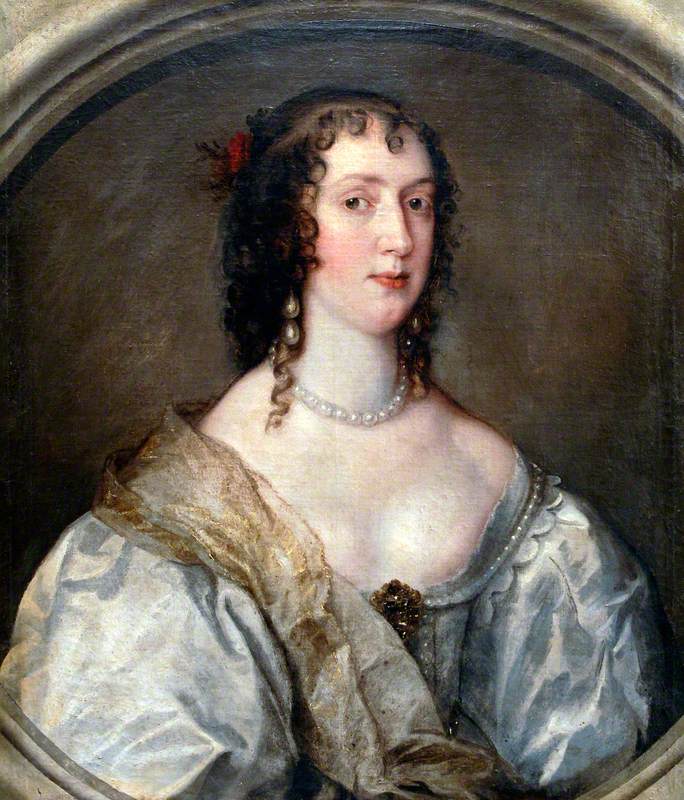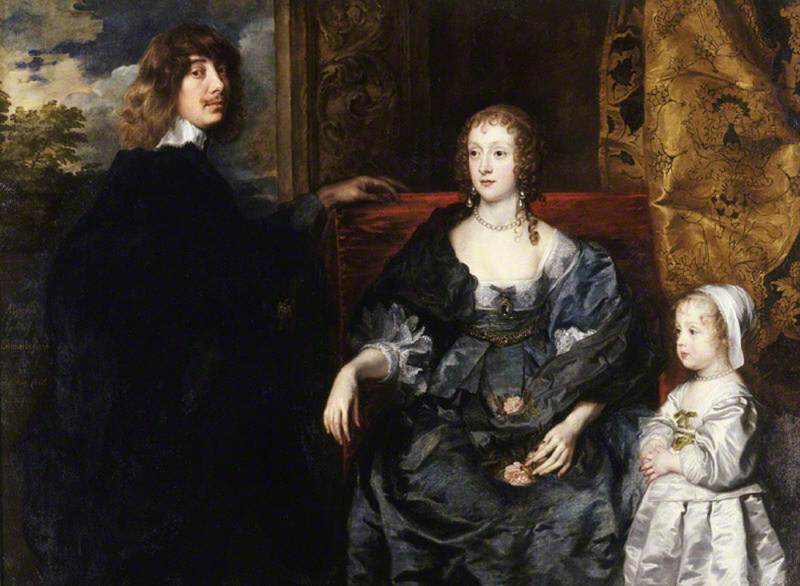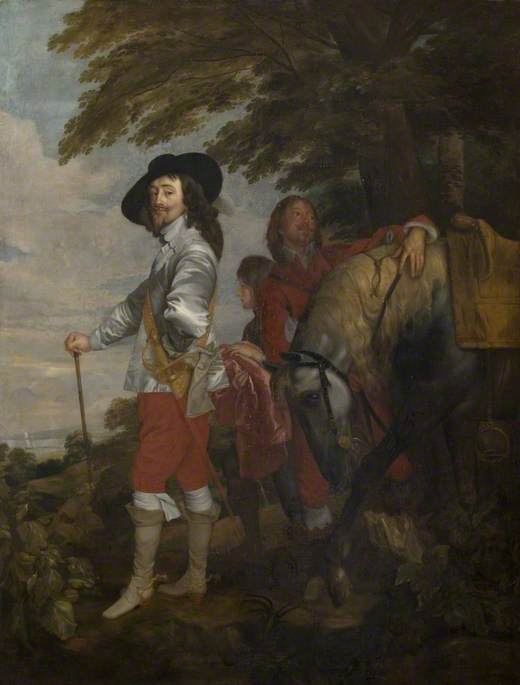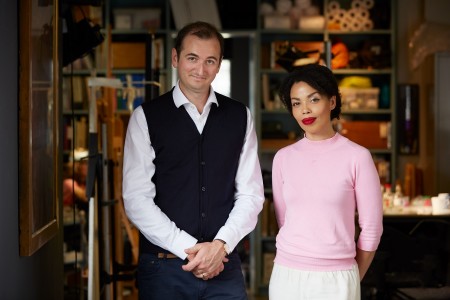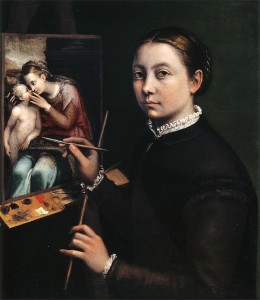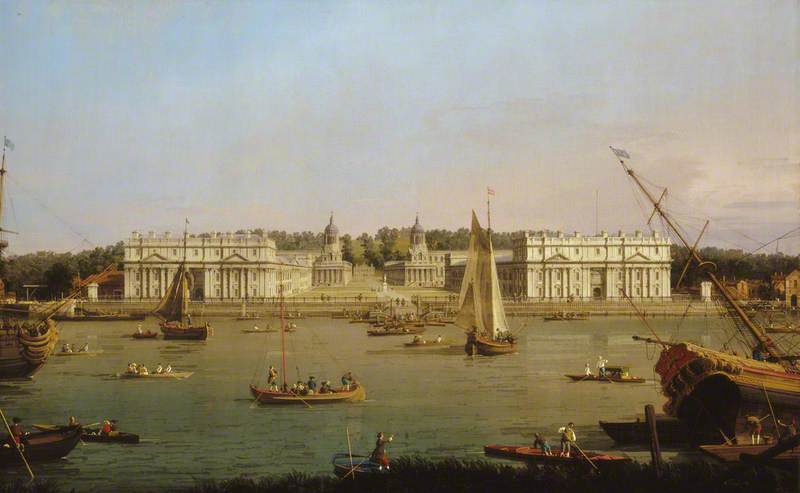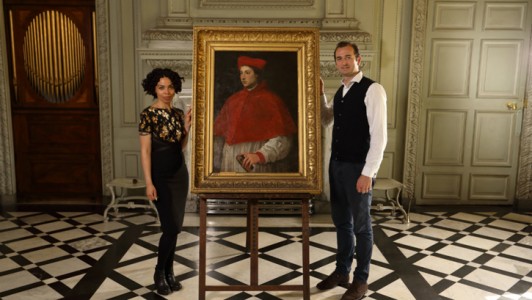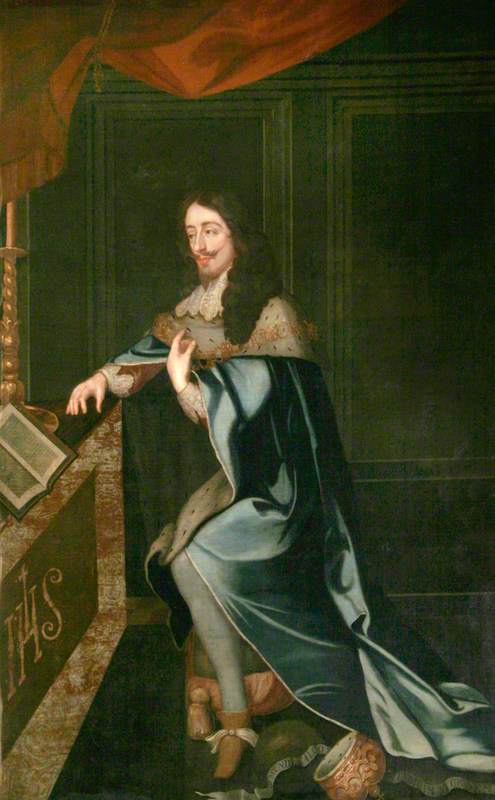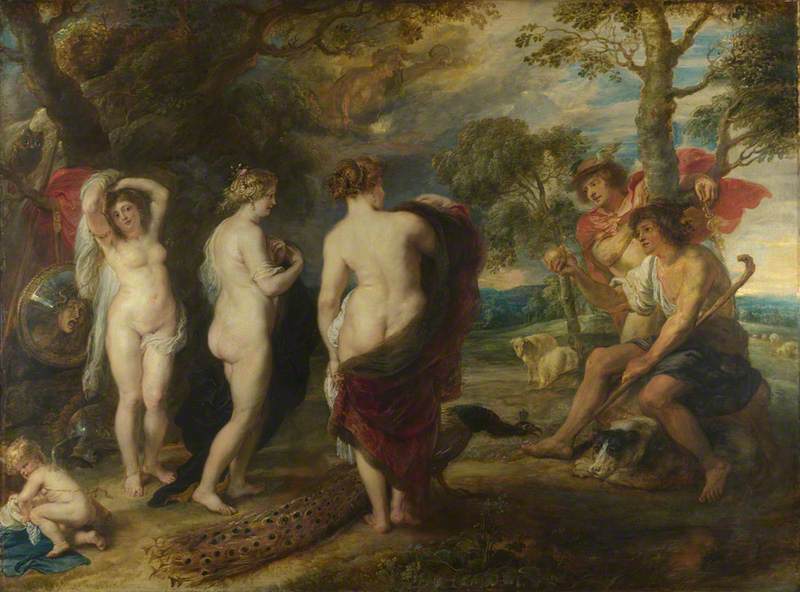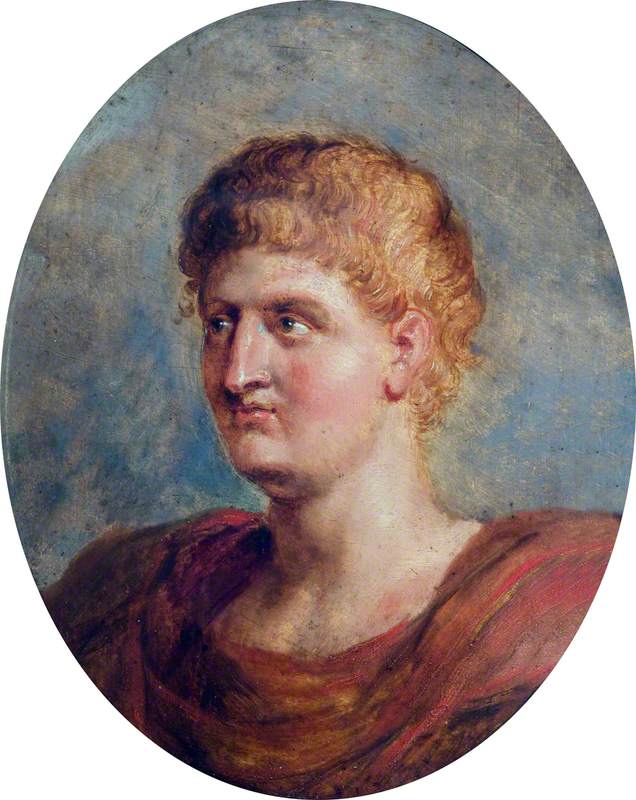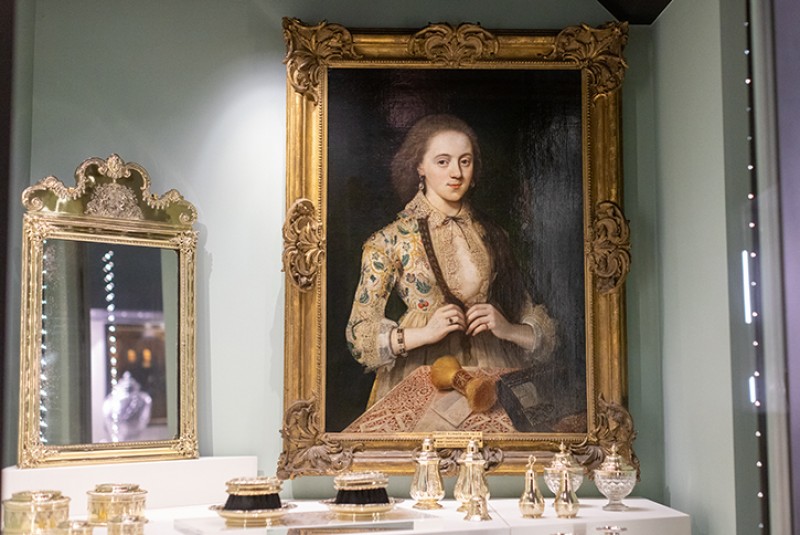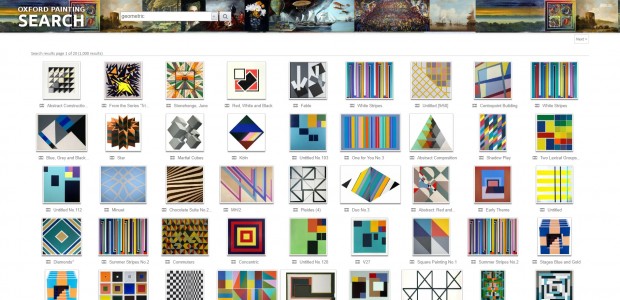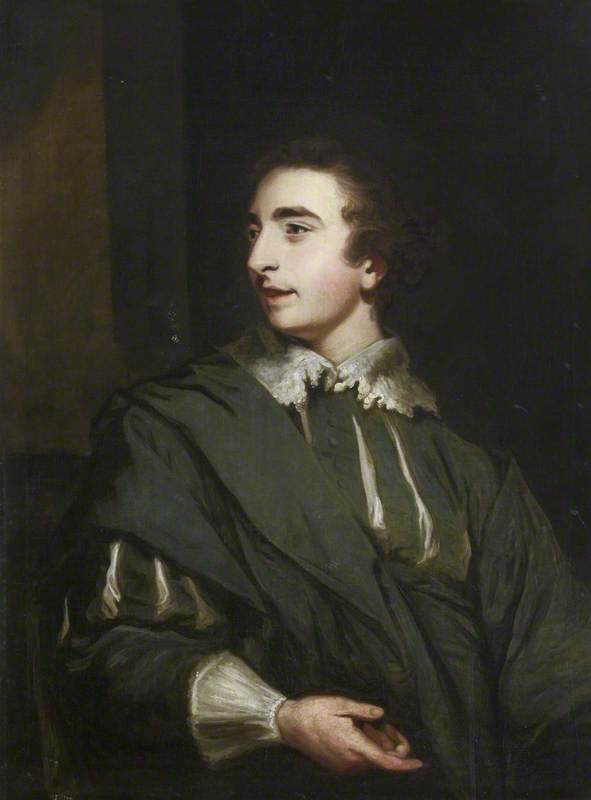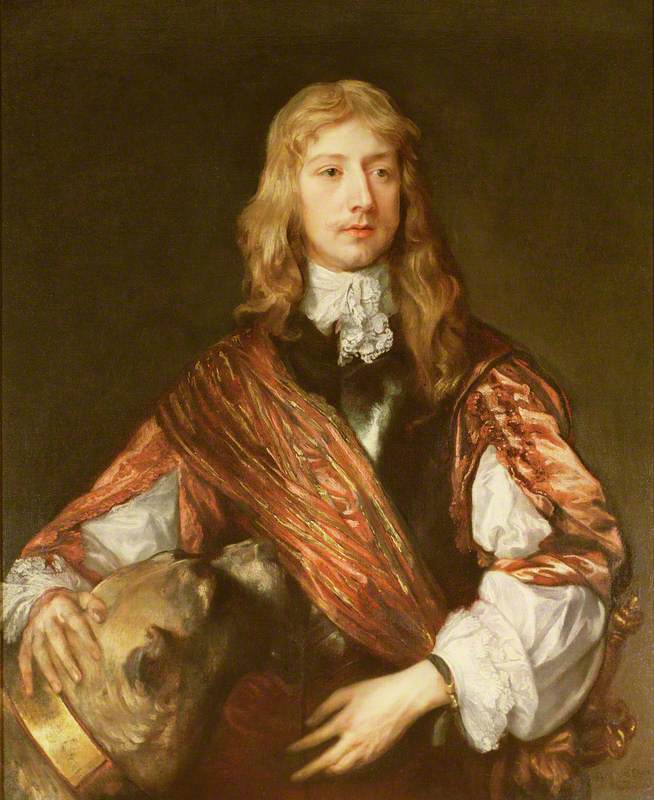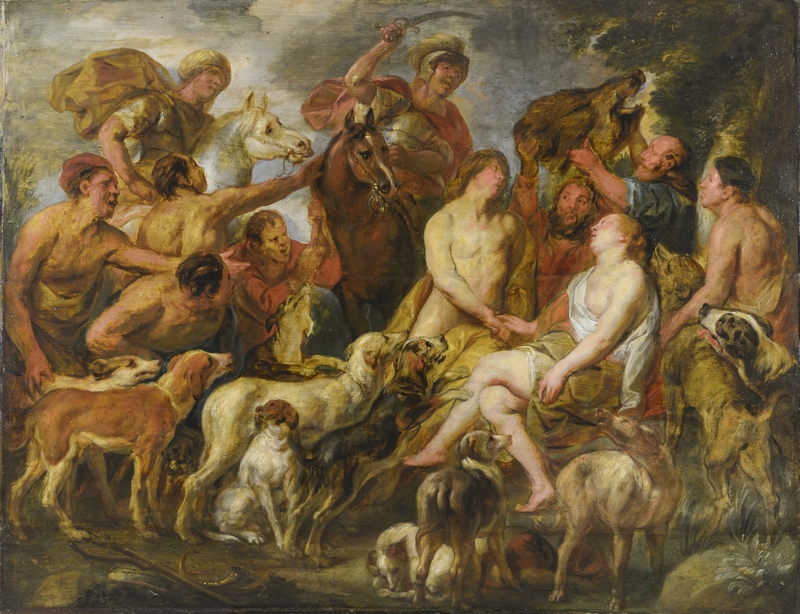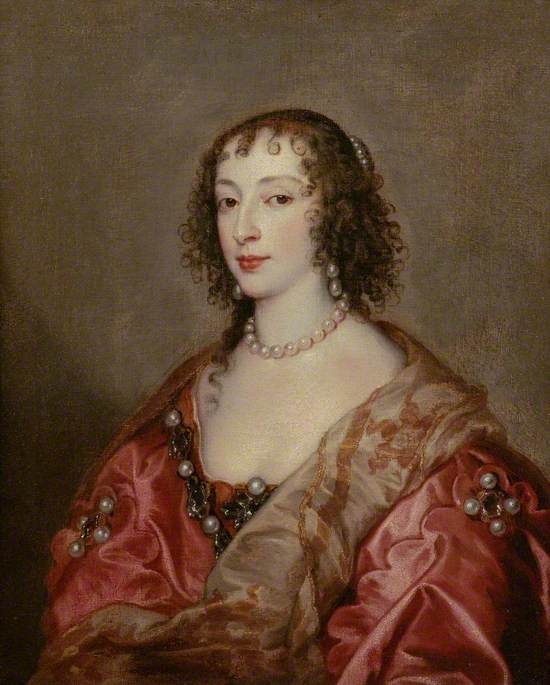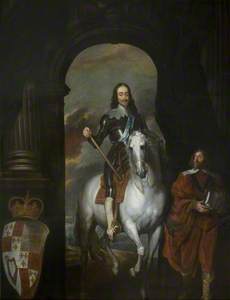In early 2013 art historian Bendor Grosvenor used the Art UK database to further his research around a portrait at The Bowes Museum in County Durham that he believed to be an original Van Dyck.
When his team learned of a copy of the Bowes painting at Lamport Hall, and its particularly good condition, he planned a visit to Northamptonshire to evaluate the painting. Rather unexpectedly, his work would call into question the long-established and accepted identity of the female sitter in the painting at Lamport Hall.
Olivia Boteler Porter (d.1633), Lady-in-Waiting to Queen Henrietta Maria and Wife of Endymion Porter
Anthony van Dyck (1599–1641) (studio of) 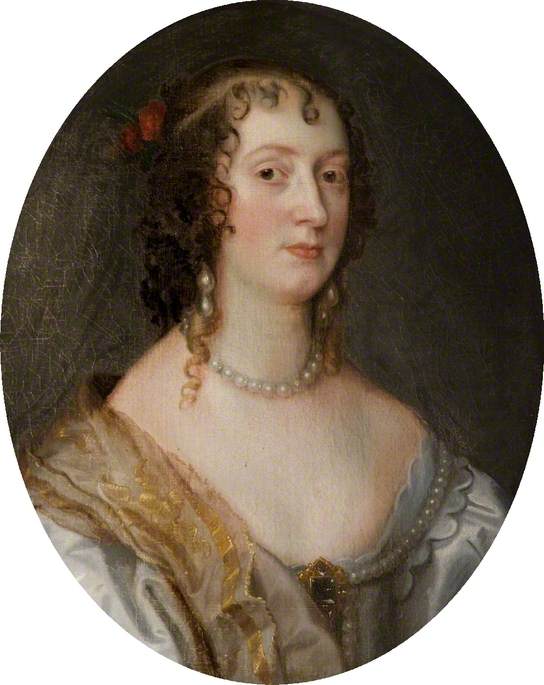
Prior to the arrival of Bendor’s team, the Director at Lamport Hall was keen to research the painting listed as 'after' Anthony van Dyck to explore what was known of the sitter and how the painting came to be in the collection at Lamport. The unassuming painting hangs in an upstairs bedroom and while there are other paintings at Lamport from the studio of Van Dyck that receive a fair amount of attention, this portrait until now had been rather overlooked.
Charles I (1600–1649), on a White Horse
after 1633
Anthony van Dyck (1599–1641) (after) 
Other studio works at Lamport include Charles I (1600–1649), on a White Horse attended by Monsieur de St Antoine, the original of which is in the Royal Collection. Notably the Lamport version is the largest copy and the only one to have the complete shield with the Royal Arms.
The portrait was believed to be that of Lady Dorothy Percy, Countess of Leicester, although one former owner of Lamport Hall, Sir Gyles Isham, had suggested that it could be of her sister-in-law Lady Anne Cecil, Countess of Northumberland.
Lady Dorothy Percy (1598–1659), Countess of Leicester
Anthony van Dyck (1599–1641) 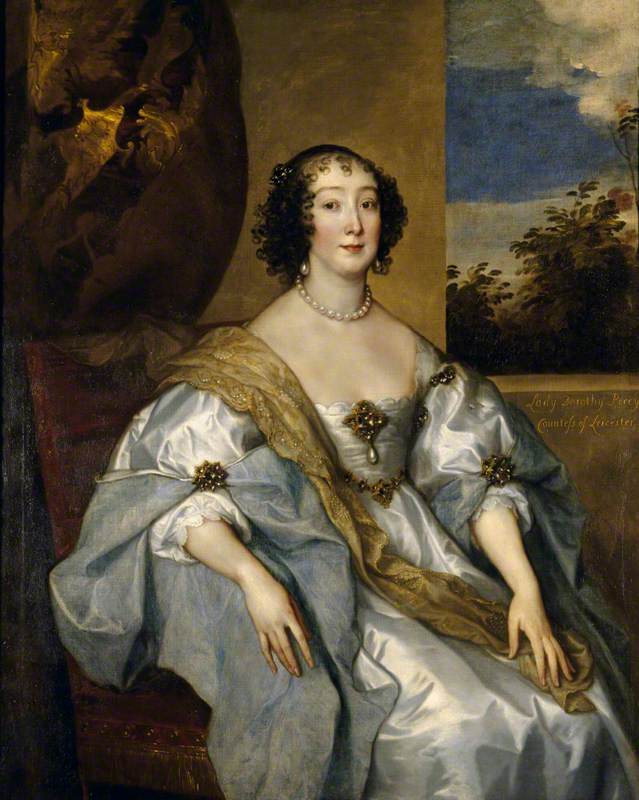
Both bear a striking resemblance to one another and through the Art UK database it was identified that both had sat for Van Dyck in portraits held in collections elsewhere.
The portrait at Lamport was acquired in 1675 by Sir Thomas Isham with the assistance of his art dealer David Loggan, who wrote to Sir Thomas to inform him that he ‘will get very good copies of the Pretty Rogues, you know who they are’. Sir Thomas was anxious to fill his house with pictures of ladies of the court, as Robert Spencer had done at nearby Althorp. It is believed the artist Joseph Bokshoorn (c.1645–c.1680) was commissioned to undertake the work, a portraitist who also completed a painting of Mary Isham, Sir Thomas’ sister, in the same year.
Mary Isham (1654–1679), Daughter of 2nd Bt Isham
(after Peter Lely) 1675
Joseph Bokshoorn (c.1645–c.1680) 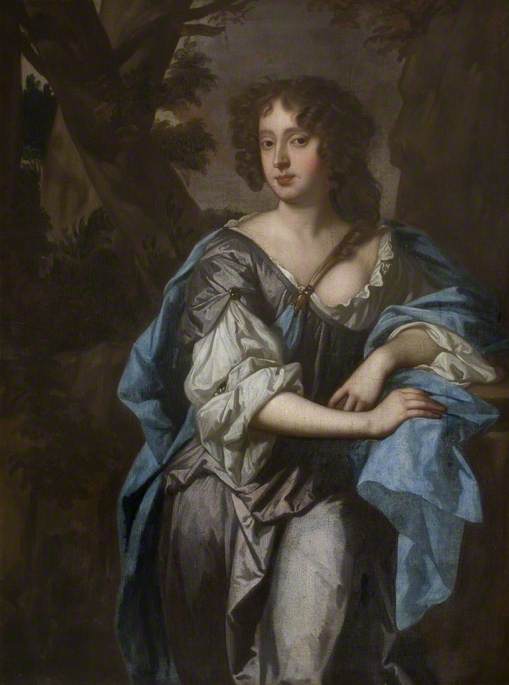
When Bendor Grosvenor studied the portrait at Lamport in detail, it was concluded to be a very high quality studio copy, probably done quite soon after Van Dyck completed the original. The identity of the sitter was revealed to be Olivia Boteler Porter; lady-in-waiting to Queen Henrietta Maria and wife of Endymion Porter, an English diplomat and royalist who was one of Van Dyck’s closest friends in England.
Endymion himself makes an appearance at the Hall, standing with the king’s horse in Charles I (1600–1649), another work of exceptional quality. The discovery of a marital link between two paintings in the collection is particularly interesting and reflects the significance of preserving collections as a whole.
Such findings emphasise the importance of continued research into collections and the benefit of widely available public access. Access to quality collections such as that at Lamport Hall, which was accumulated by the Isham family over four centuries and is still intact to this day, cannot ever be undervalued as a heritage source.
Lauren Colley, Art UK Operations Manager (written whilst at Lamport Hall)
